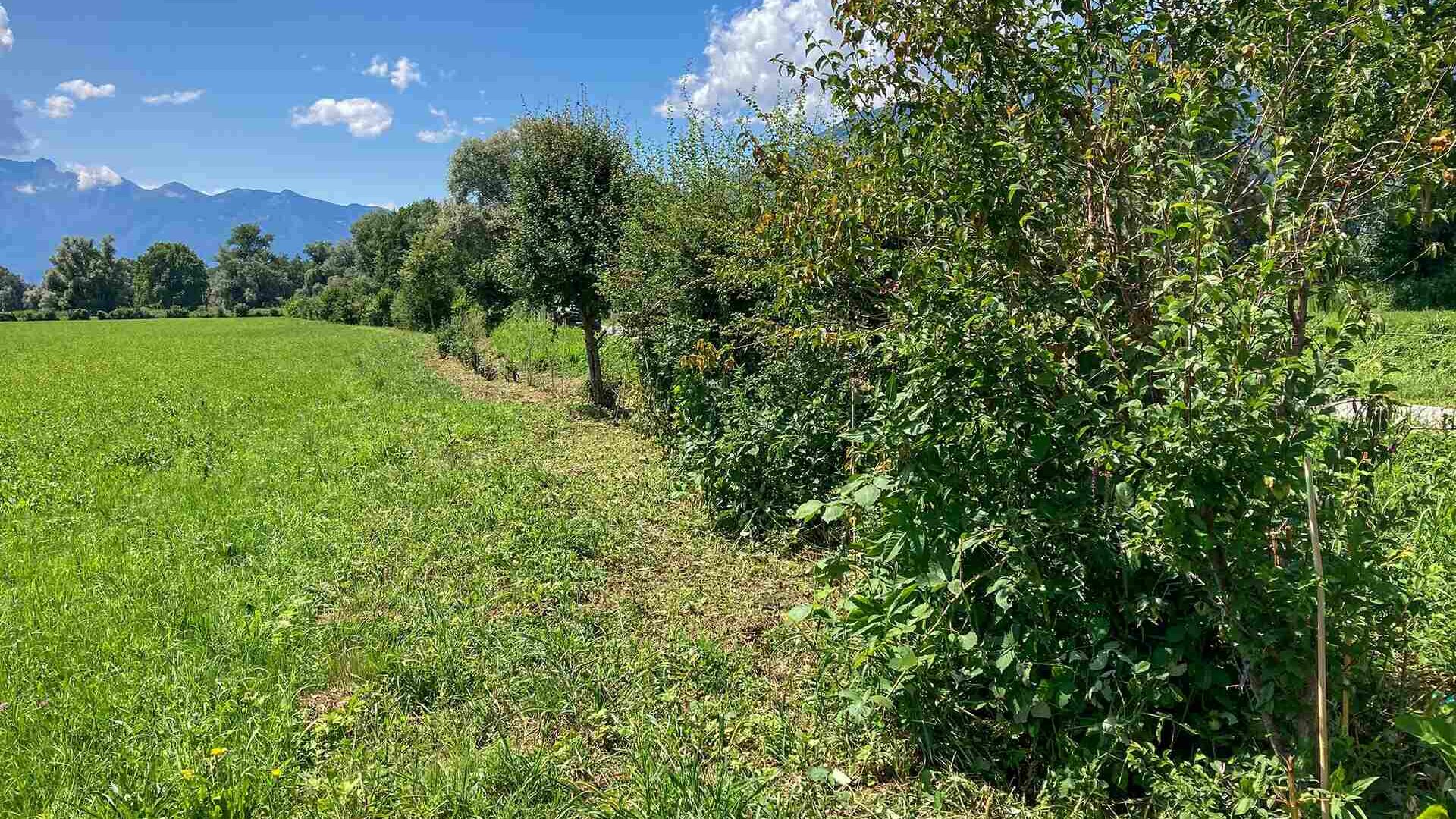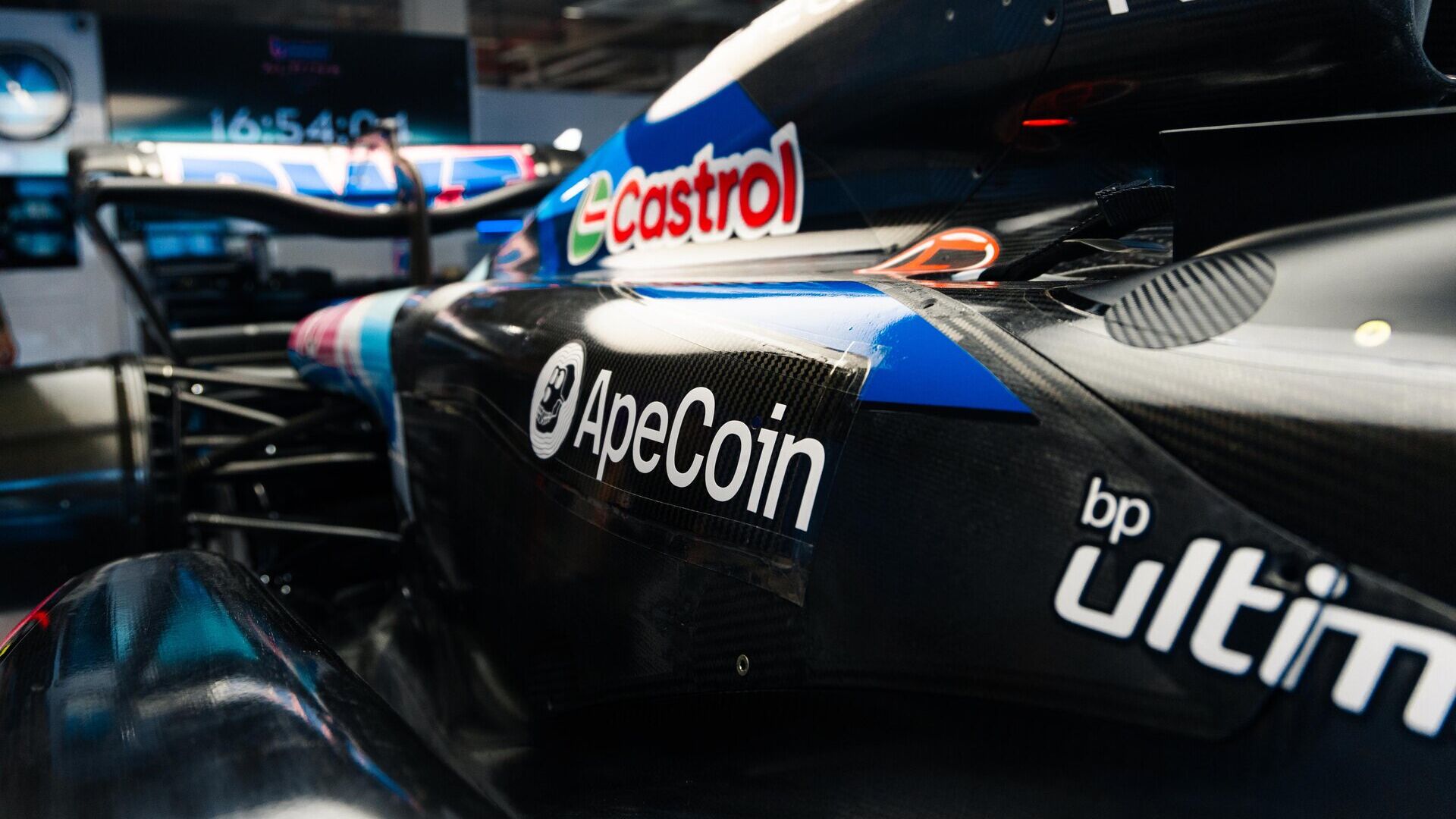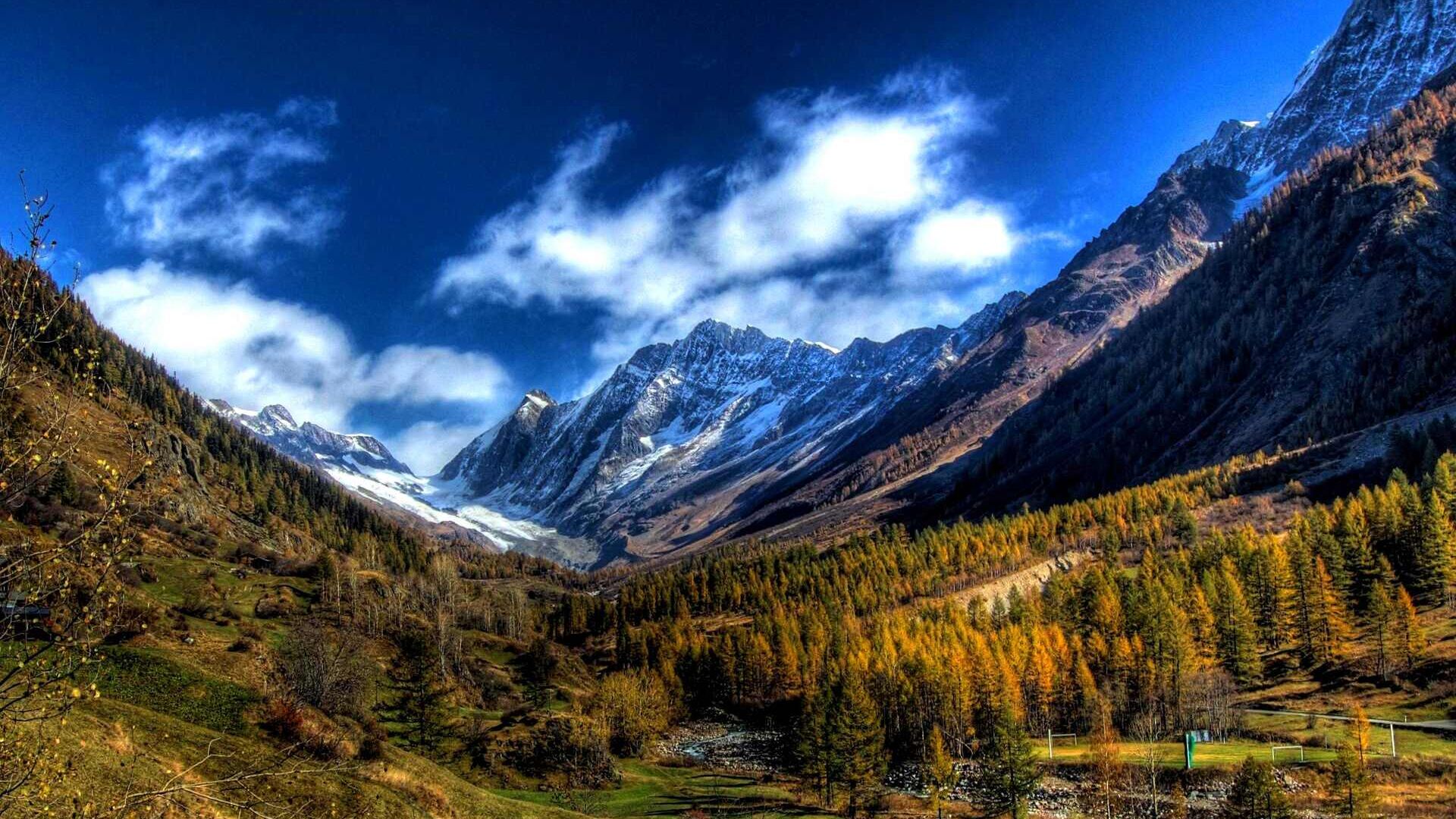Luca Savoia: "2024 will be the turning point for agrivoltaics..."
The CEO of IDEAL-E takes stock of the progressive sustainable integration between agricultural crops and the production of electricity from the sun
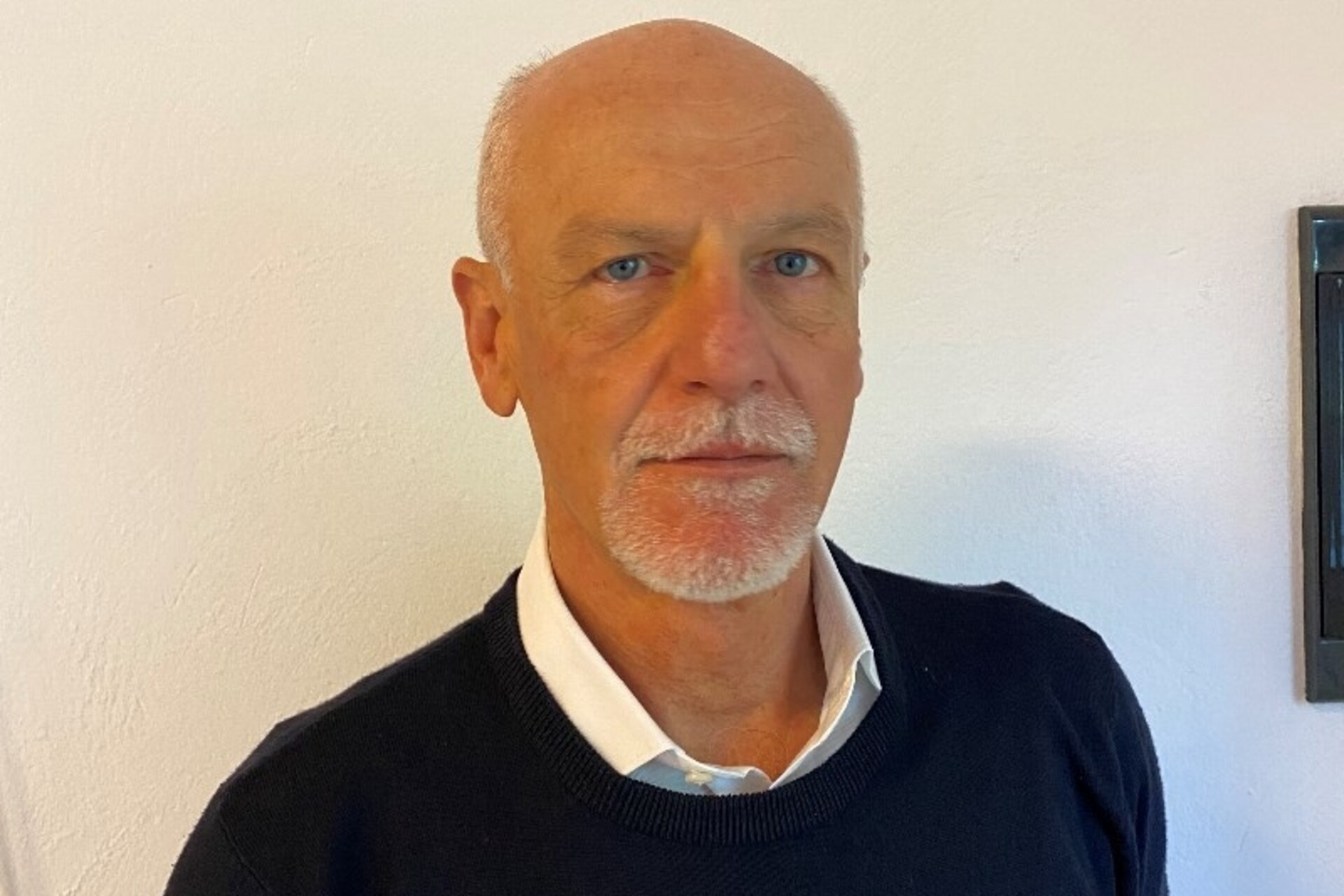
As is known to most, agrivoltaic systems are applications that find their place in agricultural land in order to obtain electricity through devices that can move without hindering cultivation. Indeed, on some occasions, they can benefit her.
The continuous search for sustainable tools for the production of electricity from sunlight, it has made it possible to develop plants that allow the exploitation of arable land without taking away space from agricultural production and livestock breeding.
A happy coexistence between photovoltaics and crops, therefore.
We talked about it with Luke Savoy, Chief Executive Officer of IDEAL-E Srl, a company specialized in this type of system located in the locality of Poggio Rusco, in the Italian province di Mantova, on the border between the Emilia-Romagna and Lombardy regions.
An Emilian "smart farm" to rejuvenate agriculture from within
“Italian sounding”: the innovative awareness capable of beating him
An alliance for sustainability between fish and aromatic herbs
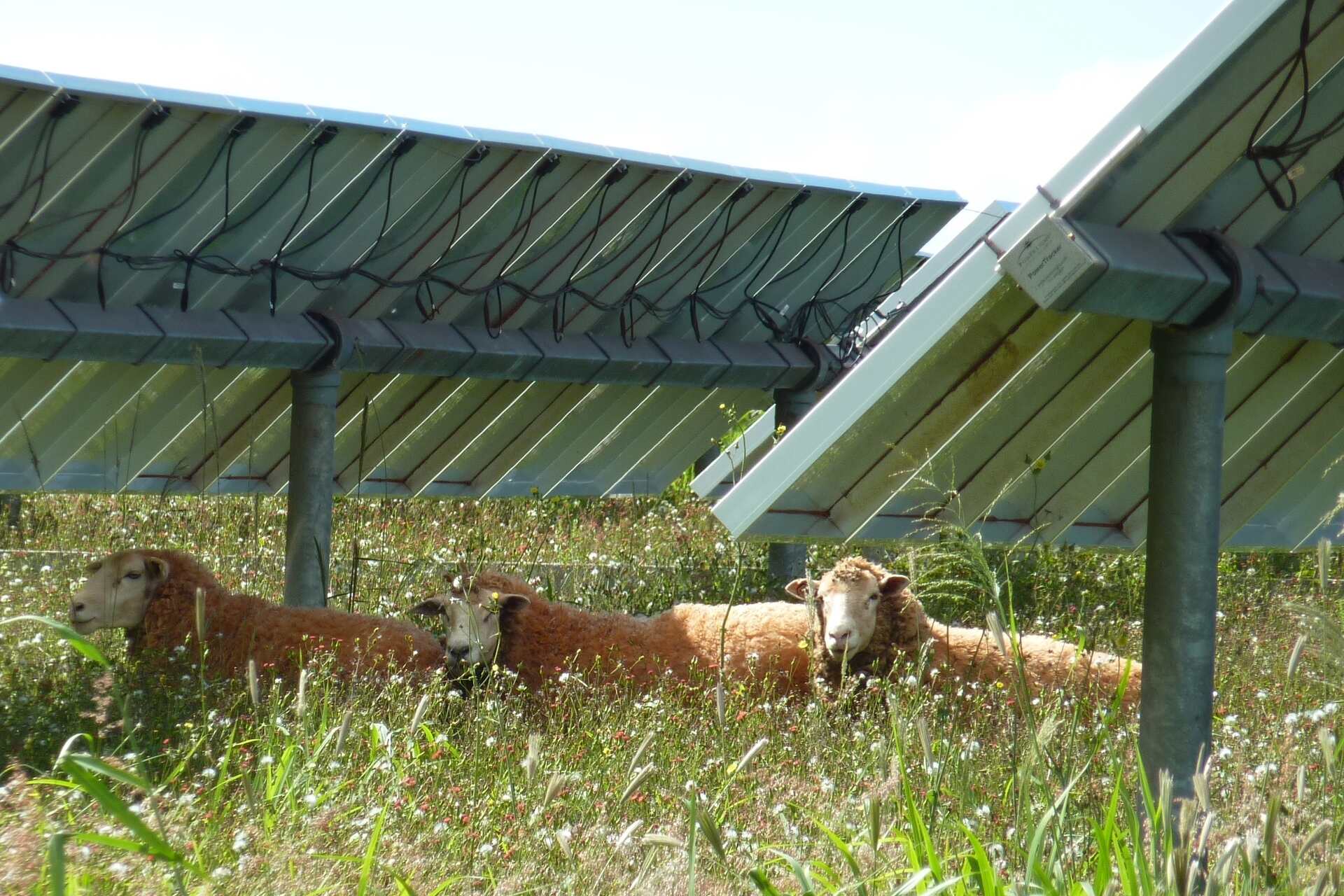
What are the advantages for a company wishing to install this system and what are the disadvantages, if any?
“Undoubtedly, the advantage is that of being able to insert a different source of income into agricultural production without reducing production capacity. Therefore, rather than exploitation, we prefer to speak of land use for a dual purpose. The creation of new electricity, which is moreover perfectly sustainable, is therefore an advantage for everyone…”.
There is particular attention to these issues, especially in recent years. Could 2023 be the turning point or do we have to wait longer?
“I believe that in 2023 investments made on the roofs of houses or in non-cultivable areas of farms will still prevail, which need to produce energy for their own use. For more complex agri-voltaic plants, development will probably begin in 2024…”.
Genetic engineering for sustainable agriculture and food
Studying sewage to reduce emissions: the project in Switzerland
Two thousand five hundred made-by-Lamborghini trees for the community

Often companies that intend to invest in agri-voltaics encounter difficulties also due to bureaucracy. Is the regulatory framework clear?
“The procedures are certainly complex and involve many entities. A recent research, unfortunately, has counted about 300 steps to arrive at the positive end of a new plant. The route must be studied very well in advance”.
Agrivoltaics can represent a turning point, a great added value for the farms of your country, theItaly, but what is the situation in other European countries?
“We recently went to the Munich Fair to visit 'Intersolar', where most of Europe's technological development is concentrated. We have seen great growth in the sector, which in one year has led to the doubling of exhibitors in Germany. Technologies not particularly different, but always improved. We are all in the starting blocks…”.
In Switzerland, digitalisation is taking hold in agriculture
Crespellano lung of the "future without smoke" by Philip Morris
Trees and plants instead of parking lots in the city: the study on "Nature"
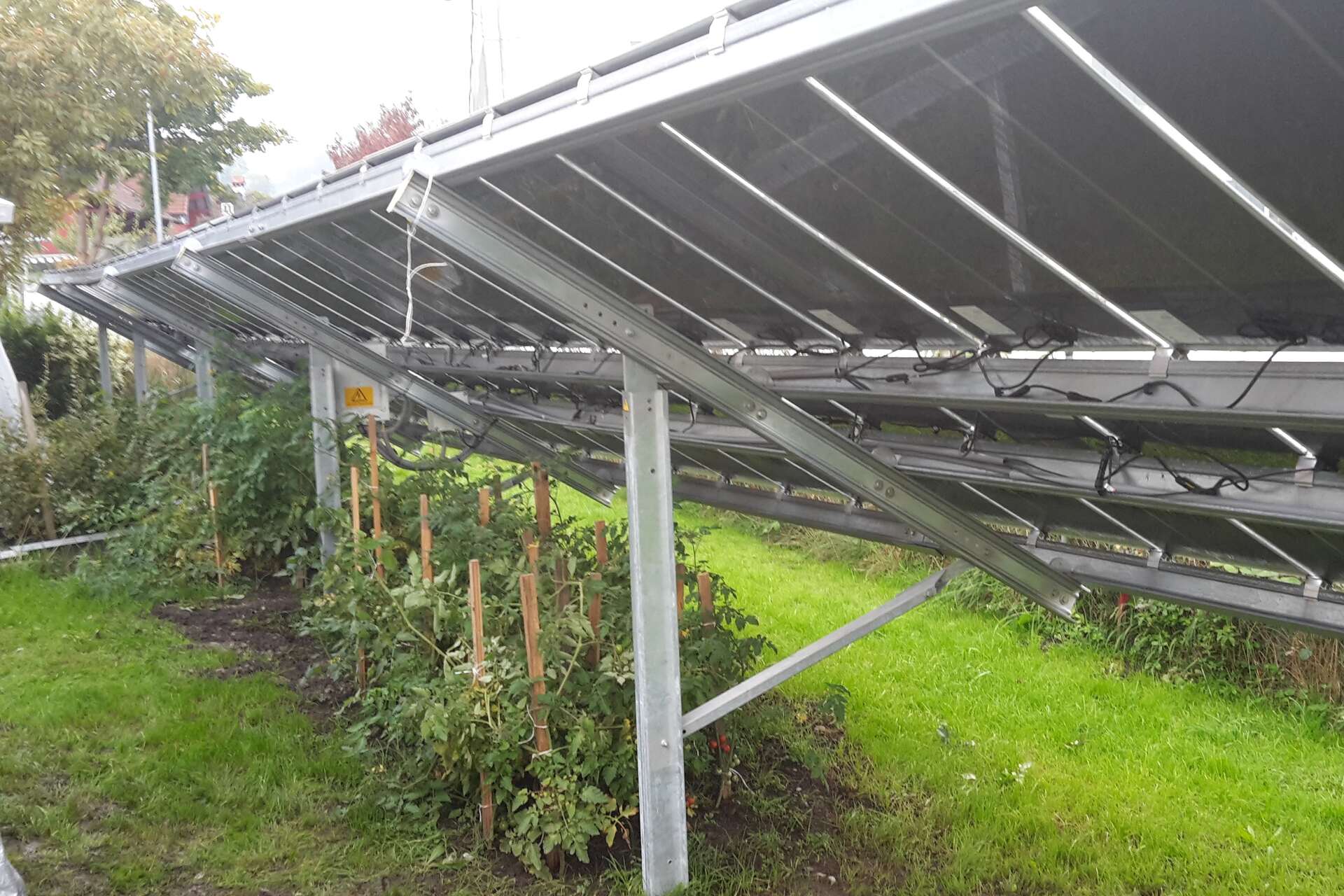
The agri-voltaic can therefore represent a supplement to the income of the farmers?
“Certainly, while planting corn seeds, they can also easily bury an iron pipe that supports these plants, which have a life span of thirty years. Lands are goods with repeated fecundity. If you treat them right, they keep producing forever and forever. On certain occasions, the shading created by this system also makes it possible to reduce the need for water in the soil. So we need a very strong evolution in the connection between the 'historic' ability to manage land with the 'innovative' ability to produce energy. In the end, for both the result is green”.
New experimental station for mountain agriculture
The lesson of Barilla agriBosco: anticipate a fairer planet
Now there is a Swiss App to do real research on plants and flowers
The story of the Italian former soccer player and politician Fabio Rustico and of agri-voltaics in Sicily
Double-sided solar modules on open land for innovative agri-voltaics from Next2Sun GmbH
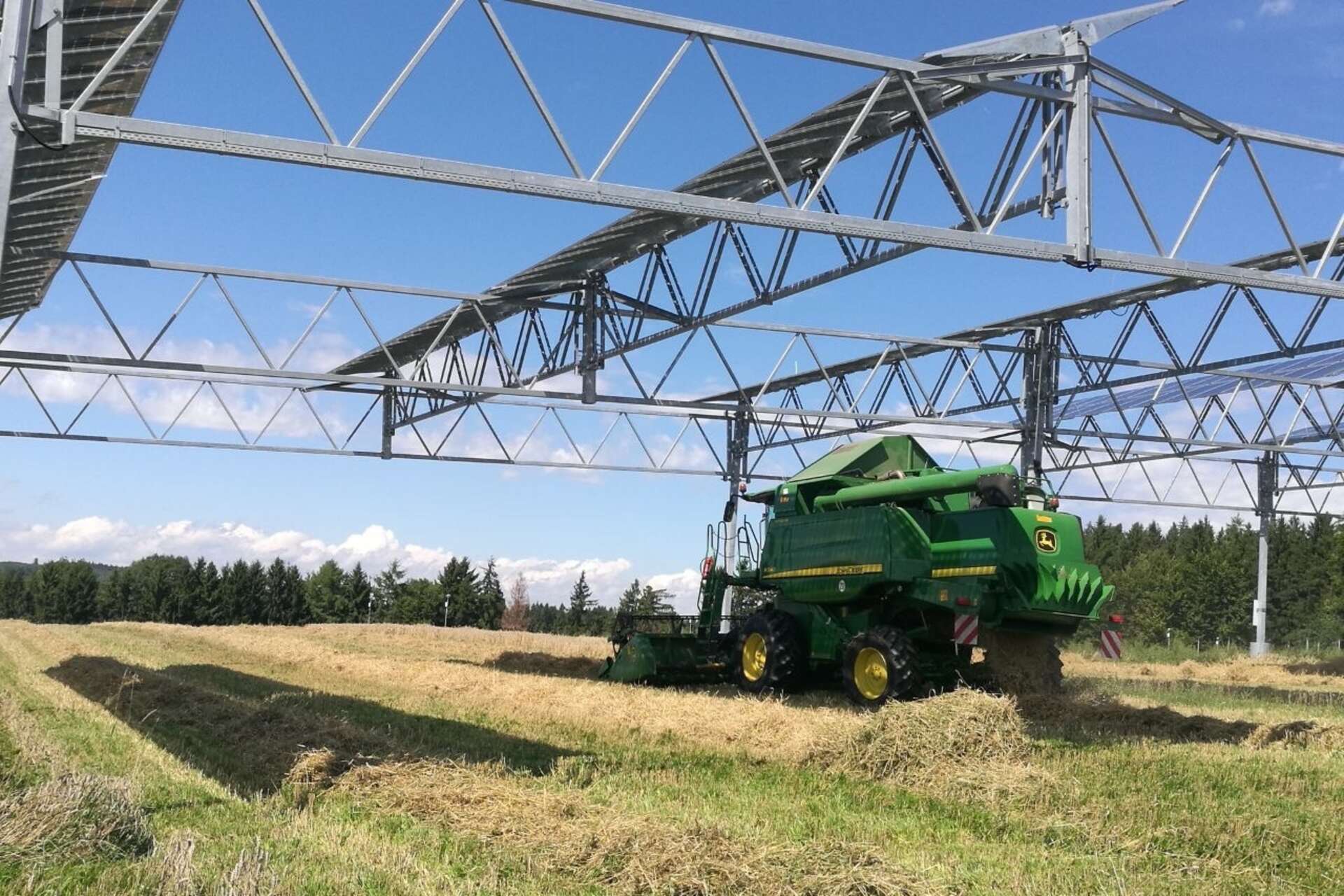
You may also be interested in:
An innovative refuge for wildlife at the Locarno military airfield
The DDPS specialists acted on the perimeter hedges of the Sopracenerino airport, creating a place of retreat and source of food for the animals
by Editorial staff Innovando.NewsEditorial staff of Innovando.News
A DAO in Formula 1 from the agreement between ApeCoin and BWT Alpine
The Decentralized Spinning Skull Organization and French Team Will Activate a Global Fanbase Through Real-World and Web3 Experiences
Video, the unique ecosystem of the Lötschental alpine forest
The ideal place to study the growth of trees at different altitudes in the Canton of Valais is described in a very innovative WSL film
by Editorial staff Innovando.NewsEditorial staff of Innovando.News
Taam Ja' is the deepest “blue hole” in the world: the discovery
Marine cavity probed off Yucatan Peninsula, found four times deeper than previous record-breaking sinkhole in Belize

